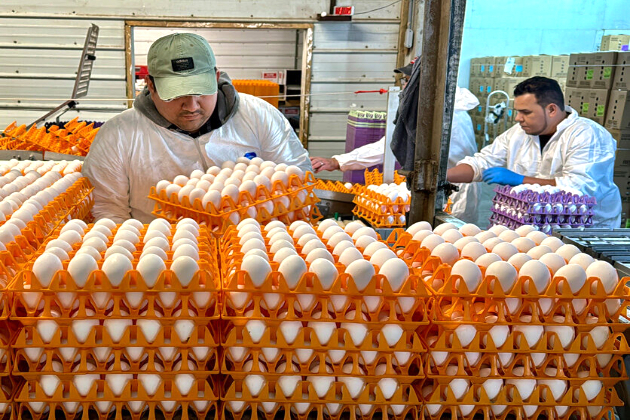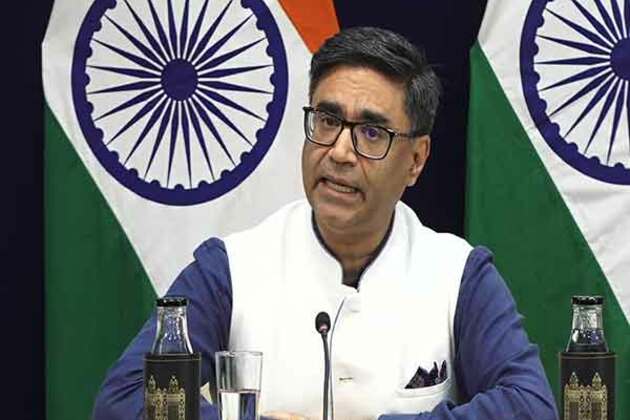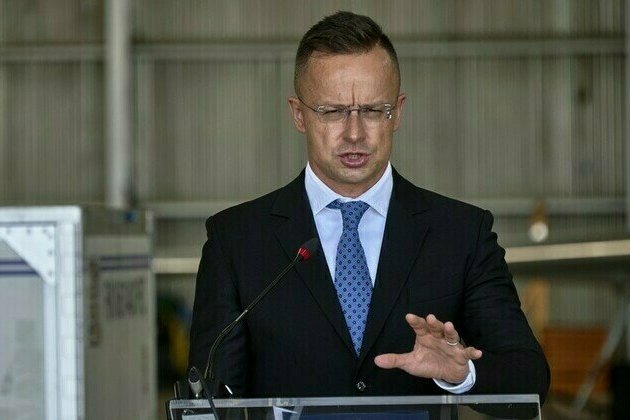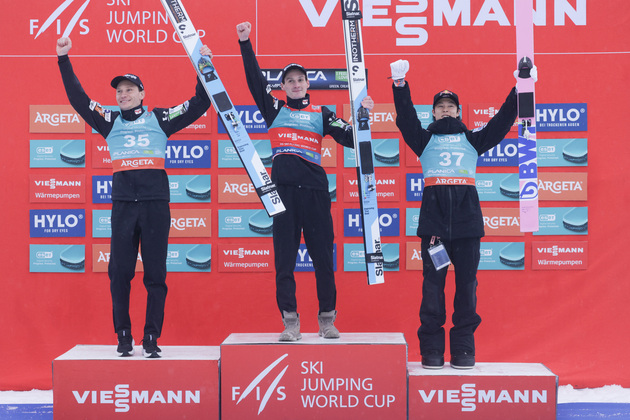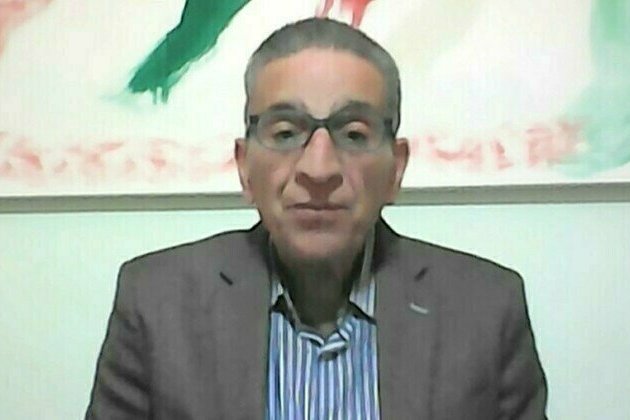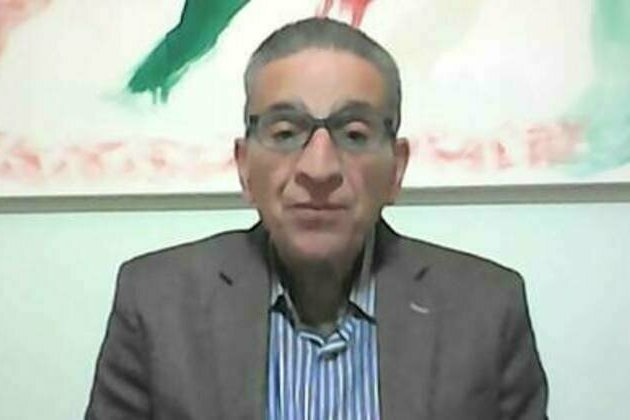Power couple: How India and Russia reignited their atomic bond
RT.com
29 Mar 2025, 11:09 GMT+10

As New Delhi accelerates its nuclear program, a legacy of cooperation with Moscow should remain key to its strategy
In an era of shifting geopolitics and global climate imperatives, India and Russia stand at the forefront of a nuclear energy revolution. New Delhi hasannouncedthat it is planning to build five indigenously-manufactured small modular reactors (SMR) - named Bharat nuclear reactors - in the next few years with the help of private participation. The ambitious plan to generate 100 gigawatts (GW) by 2047 is functional with a 170% increase in the nuclear energy budget in the last decade.
The country'sfederal budgetfor the 2025 financial year has laid the groundwork for a nuclear renaissance. This includes a substantial 200 billion rupees ($2.3 billion) allocation for SMR development - India aims to operationalize at leastfive indigenous SMRs by 2033, the document states. The budget also proposed reforms to attract private investments, signaling India's decisive shift towards energy independence.
A crucial aspect of this vision is deepening ties with Russia, India's most enduring nuclear partner. For Russia, India's nuclear push presents an opportunity to further cement its position as a pivotal partner in India's energy future, leveraging decades of successful collaboration.
Technology partnership
India and Russia's nuclear partnership dates to the late 1980s, culminating in the Kudankulam Nuclear Power Plant (KNPP), a testament to their shared commitment to peaceful nuclear energy. Rosatom built the 2,000 MW Kudankulam units, with four more reactors under construction, reinforcing Russia's reputation as a reliable partner.
Russia'sRosatom, already a key player in India's nuclear landscape, has shown interest in developing SMRs for India's diverse energy needs, particularly for powering remote regions and decarbonizing heavy industries. With Rosatom's expertise in floating SMRs like theAkademik Lomonosov, Russia can help India fast-track SMR deployment, bringing flexible and scalable nuclear power to underserved areas.
The Indian government's push for SMRs aligns seamlessly with Russia's technological leadership. Russia has pioneered lead-cooled fast reactors and floating nuclear plants, technologies that can address India's geographic and industrial energy challenges.
India's key nuclear research body, the Bhabha Atomic Research Centre (BARC), based in Mumbai, is actively developing Bharat Small Reactors, and Russian design expertise could enhance these efforts. By partnering with Nuclear Power Corporation of India Limited (NPCIL), Rosatom can ensure safe, efficient reactor deployment while providing training and operational support.
Sectorial reforms
Development of India's nuclear sector has been plagued with a host of regulatory barriers, liability concerns, and geopolitical pressures. The Civil Liability for Nuclear Damage Act (CLNDA) - enacted in 2010 with a view to provide prompt compensation to the victims for damage caused by a nuclear incident through a no-fault liability regime - deterred private investment. However, New Delhi is now revising liability norms to attract foreign investors.
The CLNDA's impact on India-Russia collaboration has been limited so far due to the government-to-government (G2G) nature of the projects being implemented. For instance, the KNPP continued under a sovereign framework, with liability provisions addressed through bilateral agreements. This G2G structure shields Russian state entities like Rosatom from direct liability, enabling ongoing cooperation even under existing regulations. However, the reforms could unlock Russian private capital and expedite SMR rollouts.
Furthermore, achieving 100 GW nuclear capacity will require nearly $450 billion investment over the next two decades. To address this, India is exploring public-private partnerships, foreign direct investment, and Sovereign Green Bonds. Russia, with its state-backed nuclear financing models, can help mitigate financial risks, offering concessional loans like those provided for KNPP.
Certainly, Russia is not the only global nuclear industry leader competing for the opportunities in the Indian marker. The US and France are both eager to offer India SMR solutions, with firms likeNuScaleandEDFactively promoting their technologies. Yet, concerns over the CLNDA have historically strained negotiations with Western firms, as they sought greater liability protection. Russia's ability to bypass this hurdle through G2G frameworks gives it a comparative edge in securing long-term nuclear cooperation with India.
Additionally, given public skepticism over nuclear energy projects and potential resistance like in cases of the proposedJaitapur project, Russia's exemplary safety record and proactive public engagement strategies can serve as a model. By collaborating on transparency initiatives and public outreach programs, India and Russia can jointly build confidence in nuclear energy's safety and sustainability.
Russia's approachto post-Fukushima safety enhancements, including passive safety systems and next-generation reactor designs, can inform India's nuclear policy, ensuring public concerns are addressed with cutting-edge safety protocols.
Scope for innovation
India's leadership inthorium-based reactorsand Russia's advancements infast neutron reactorscreate immense potential for joint R&D. The 2025 budget's$2.31 billion nuclear sector R&D pledgecould be amplified through deeper Indo-Russian collaboration, accelerating the development ofmolten salt reactorsandhigh-temperature gas-cooled reactors.
Additionally, Russia's expertise inspent fuel reprocessingcan help India manage nuclear waste more efficiently, closing the fuel cycle and enhancing long-term sustainability.
Beyond technology and financing, nuclear cooperation strengthens India-Russia geopolitical ties. As BRICS+ nations navigate a multipolar world, energy security becomes a strategic pillar of their partnership. By jointly developing advanced nuclear technologies, India and Russia can lead the Global South's transition to clean energy, reducing reliance on Western-dominated energy systems.
(RT.com)
 Share
Share
 Tweet
Tweet
 Share
Share
 Flip
Flip
 Email
Email
Watch latest videos
Subscribe and Follow
Get a daily dose of Greek Herald news through our daily email, its complimentary and keeps you fully up to date with world and business news as well.
News RELEASES
Publish news of your business, community or sports group, personnel appointments, major event and more by submitting a news release to Greek Herald.
More InformationInternational Business
SectionUS boosts egg imports from Brazil amid bird flu spread
WASHINGTON, D.C.: In response to soaring egg prices and supply shortages driven by a devastating bird flu outbreak, the United States...
Ireland’s Central Bank warns of economic risk from US-EU trade dispute
DUBLIN, Ireland: As tensions rise between the United States and the European Union over potential tariffs, Ireland's Central Bank governor...
Bagggel Announces 2nd Edition of "Being CEO Ready" Conference to Address Leadership Gender Gap
HT Syndication Bengaluru (Karnataka) [India], March 29: Bagggel Foundation is proud to announce the second edition of its annual...
India could lose USD 6bn in exports to US on 10 pc tariffs, rising to USD 31bn at 25 pc: Emkay
New Delhi [India], March 29 (ANI): India could see a loss of around USD 6 billion, or 0.16 per cent of its GDP, in exports to the US...
U.S. February core inflation higher than expected
People shop for groceries at a store in New York, the United States, on March 28, 2025. (Photo by Michael Nagle/Xinhua) The core personal...
"India has come to the assistance of Sri Lanka at critical moments": Foreign Secy Misri
New Delhi [India], March 28 (ANI): Foreign Secretary Vikram Misri, during the special briefing on Prime Minister Narendra Modi's upcoming...
Mediterranean
SectionPower couple: How India and Russia reignited their atomic bond
As New Delhi accelerates its nuclear program, a legacy of cooperation with Moscow should remain key to its strategy In an era of...
EU preparing for war member state
Brussels would do anything to avoid accountability for the billions of euros sent to Kiev, the Hungarian FM has said Hungarian Foreign...
(SP)SLOVENIA-PLANICA-VIESSMANN FIS SKI JUMPING WORLD CUP-FLYING HILL INDIVIDUAL HS240
(250329) -- PLANICA, March 29, 2025 (Xinhua) -- First-placed Domen Prevc (C) of Slovenia, second-placed Anze Lanisek (L) of Slovenia...
IDF strikes Hezbollah storage facility in Beirut
Tel Aviv [Israel], March 29 (ANI/TPS): The Israel Defense Forces (IDF) struck an unmanned storage facility used by the Hezbollah terrorist...
EU exhibiting double standards on ICC warrants expert
The bloc is guilty of hypocrisy for its differing treatment of the courts rulings on Russia and Israel, a political scientist has told...
EU exhibiting double standards on ICC warrants - expert
The bloc is guilty of hypocrisy for its differing treatment of the court's rulings on Russia and Israel, a political scientist has...

